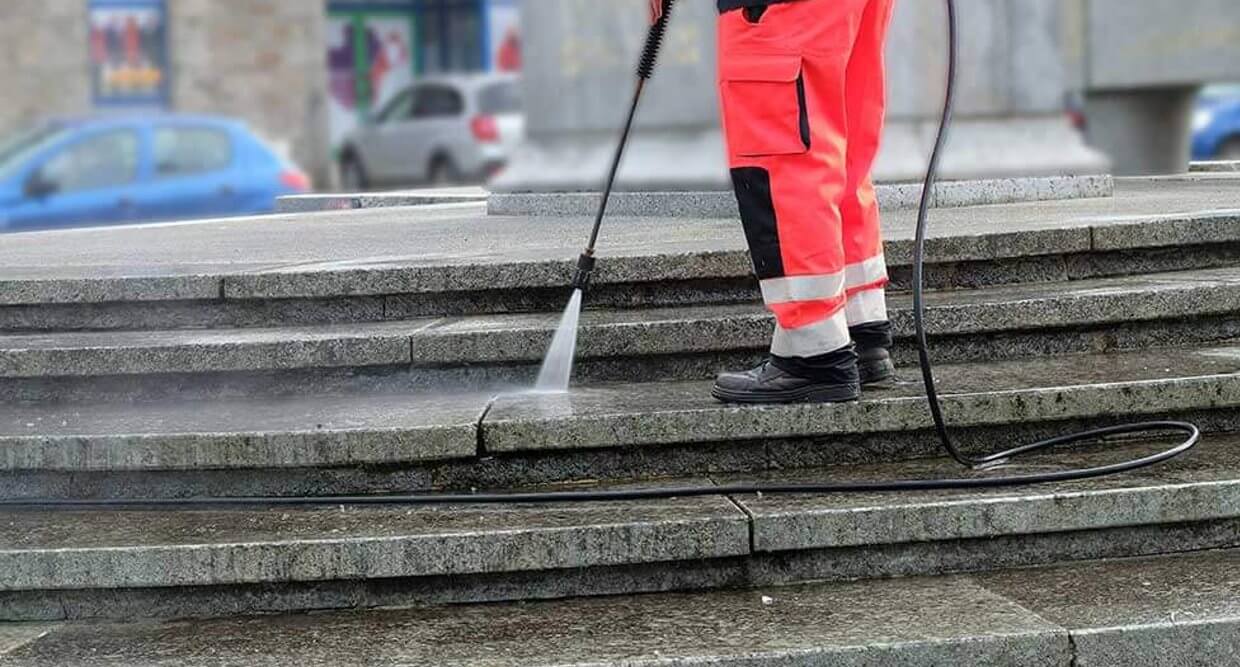

Articles
How Much Water Does A Pressure Washer Use
Modified: January 7, 2024
Find out how much water a pressure washer uses in our informative articles. Learn about water consumption and how to save water when using a pressure washer.
(Many of the links in this article redirect to a specific reviewed product. Your purchase of these products through affiliate links helps to generate commission for Storables.com, at no extra cost. Learn more)
Introduction
Pressure washers have become a popular tool for cleaning a variety of surfaces, from driveways and decks to cars and outdoor furniture. These powerful machines use water at high pressures to blast away dirt, grime, and stains, making cleaning tasks quicker and easier. However, with the increasing focus on water conservation and sustainability, many people are now wondering just how much water a pressure washer uses.
In this article, we will delve into the world of pressure washers and explore the factors that affect their water consumption. We will also discuss how to calculate the water usage of a pressure washer and provide some tips on reducing water consumption without compromising on cleaning efficiency.
Before we delve into the specifics, let’s take a moment to understand what pressure washers are and how they work. A pressure washer is a mechanical device that uses a motorized pump to pressurize water and push it through a nozzle at high speeds. This high-pressure water jet effectively removes dirt, dust, mildew, and other contaminants from surfaces.
Pressure washers come in various sizes and power ratings, ranging from small electric models for household use to larger gas-powered machines for heavy-duty cleaning tasks. The pressure is measured in pounds per square inch (psi), and the water flow rate is measured in gallons per minute (gpm).
The water flow rate is a crucial factor that determines how much water a pressure washer consumes during operation. Other factors that affect water consumption include the surface being cleaned, the cleaning technique used, the nozzle size, and the pressure setting on the machine.
Calculating the water usage of a pressure washer can help you estimate the amount of water you will need for your cleaning tasks. This information can be particularly useful if you have water restrictions in your area or want to be mindful of your water consumption for environmental reasons.
Lastly, we will provide some practical tips for reducing water consumption when using a pressure washer. These tips can help you make the most of your machine while minimizing water waste, making your cleaning routine not only efficient but also eco-friendly.
So, if you’re curious about how much water a pressure washer uses and want to learn ways to be more water-conscious in your cleaning efforts, read on to discover all you need to know about pressure washer water consumption.
Key Takeaways:
- Understanding the factors that affect water consumption in pressure washers, such as pressure setting, flow rate, and cleaning technique, can help you optimize water usage without compromising cleaning effectiveness.
- By implementing practical tips like choosing the right pressure washer, using lower pressure settings, and collecting and reusing water, you can significantly reduce water consumption and contribute to a more sustainable and eco-friendly cleaning routine.
Read more: How To Use A Pressure Washer
Understanding Pressure Washers
To fully grasp the concept of water consumption in pressure washers, it is essential to understand the different components and mechanisms of these machines.
At the core of every pressure washer is a pump that pressurizes water from a source (typically a hose connected to a water supply) and delivers it through a high-pressure hose to a nozzle. The pump can either be powered by electricity or a gas engine, depending on the model.
The pressure generated by the pump is measured in pounds per square inch (psi) and can vary greatly depending on the type and size of the pressure washer. For household use, electric pressure washers generally have a lower psi output, ranging from 1,200 to 2,000 psi, while gas-powered models typically have a higher psi ranging from 2,000 to 4,000 psi or more, making them suitable for heavy-duty tasks.
While pressure is a crucial factor in the cleaning capability of a pressure washer, the water flow rate, measured in gallons per minute (gpm), is equally important. The combination of high pressure and sufficient water flow allows for effective cleaning and rinsing, removing dirt and debris from various surfaces.
The nozzle of a pressure washer plays a vital role in determining the water flow rate and pattern. Different nozzle types are available for various applications, including wide-angle nozzles for large surface cleaning, narrow-angle nozzles for focused cleaning, and rotary nozzles for extra power and efficiency.
Pressure washers also come with adjustable pressure settings that allow users to fine-tune the water pressure according to the cleaning task at hand. By adjusting the pressure, you can increase or decrease the force of the water jet, making it suitable for delicate surfaces like wood or stronger for stubborn stains and grime.
Additionally, pressure washers often have detergent tanks or dispensers that enable the use of cleaning agents to enhance the cleaning process. These detergents can help loosen dirt and grime, making it easier for the pressure washer to remove them effectively.
Understanding the different components and features of pressure washers helps us see how they work together to provide powerful cleaning results. However, it’s important to remember that high-pressure water can be damaging if not used correctly. It is crucial to follow the manufacturer’s guidelines and exercise caution to avoid damaging delicate surfaces or causing injury.
Now that we have a better understanding of how pressure washers function, let’s explore the factors that affect water consumption in these machines.
Factors Affecting Water Consumption in Pressure Washers
Several factors come into play when considering the water consumption of a pressure washer. Understanding these factors can help you gauge how much water your machine uses and make adjustments to conserve water without compromising on cleaning effectiveness.
1. Pressure Setting: The pressure setting on a pressure washer directly impacts water consumption. Higher pressure settings generally require more water to achieve the desired cleaning results. Therefore, using the appropriate pressure setting for the task at hand can help minimize water usage.
2. Water Flow Rate: The water flow rate, measured in gallons per minute (gpm), determines how much water the pressure washer uses per minute. Machines with higher gpm ratings will consume more water. It’s essential to choose a pressure washer with a suitable flow rate for your specific cleaning needs to balance efficiency and water conservation.
3. Nozzle Size: The size of the nozzle’s orifice affects both the pressure and water flow rate. A larger orifice will allow for more water flow, increasing water consumption. Conversely, a smaller orifice restricts water flow, reducing water usage. Selecting the proper nozzle size for the cleaning task can optimize water efficiency.
4. Cleaning Technique: The cleaning technique employed also affects water consumption. For instance, using a sweeping motion or overlapping passes can reduce the amount of time the water is in contact with the surface and minimize water usage. Being mindful of your technique can make a noticeable difference in water consumption.
5. Surface being Cleaned: The nature and condition of the surface being cleaned also impact water usage. Porous surfaces, such as brick or concrete, may require more water to penetrate and remove dirt effectively. Additionally, heavily soiled surfaces may need more water to ensure thorough cleaning. A preliminary rinse or pre-soaking can help reduce water usage in such cases.
6. Detergent Usage: The use of detergents or cleaning agents can affect water consumption. Some pressure washers employ a detergent injection system, where the detergent is mixed with the water stream, potentially increasing water usage. However, this method can help improve cleaning efficiency, allowing for faster and more effective results.
Understanding these factors can help you assess and manage water consumption when using a pressure washer. By optimizing these variables, you can minimize water waste and ensure efficient cleaning.
Now that we have a better understanding of the factors impacting water consumption, let’s explore how to calculate the water usage of a pressure washer.
When using a pressure washer, be mindful of the water usage. Most pressure washers use around 1.5 to 2 gallons of water per minute, so try to use it efficiently to conserve water.
Calculating Water Usage of a Pressure Washer
If you’re curious about how much water your pressure washer consumes during operation, you can calculate its water usage using a simple formula. By knowing the flow rate and the duration of use, you can estimate the total water consumed.
The flow rate of the pressure washer, measured in gallons per minute (gpm), can typically be found in the manufacturer’s specifications or user manual. This value represents the amount of water the pressure washer uses in one minute of operation.
To calculate the water usage, you need to multiply the flow rate (gpm) by the duration of use (in minutes).
Water Usage (in gallons) = Flow Rate (gpm) x Duration of Use (minutes)
For example, if your pressure washer has a flow rate of 2.5 gpm and you use it for 20 minutes, the calculation would be as follows:
Water Usage = 2.5 gpm x 20 minutes = 50 gallons
Therefore, in this scenario, your pressure washer would consume approximately 50 gallons of water.
Keep in mind that this calculation provides an estimate and may not be precisely accurate due to factors such as variations in water pressure and fluctuations in the machine’s performance. However, it gives you a good idea of the water consumption and can be useful for planning and water conservation purposes.
By knowing the water usage of your pressure washer, you can be more mindful of how much water you’re using and make adjustments as needed. This knowledge is particularly valuable if you have water restrictions in your area or are looking to minimize water waste for environmental reasons.
Now that we’ve covered the calculation process, let’s explore some practical tips for reducing water consumption when using a pressure washer.
Tips for Reducing Water Consumption
Reducing water consumption while using a pressure washer is not only environmentally friendly but can also help you save on water bills. Here are some practical tips to minimize water usage without compromising on cleaning efficiency:
1. Choose the Right Pressure Washer: Select a pressure washer with an appropriate flow rate for your cleaning needs. Higher flow rates may be necessary for heavy-duty tasks, but for regular cleaning, a lower flow rate can still provide satisfactory results while conserving water.
2. Use Lower Pressure Settings: Adjust the pressure setting on your pressure washer to the lowest setting that is effective for the task at hand. Lower pressure means less water is being expelled, resulting in reduced water consumption.
3. Optimize Nozzle Selection: Use a nozzle with a smaller orifice size, such as a narrow-angle nozzle, as it restricts water flow and decreases water usage. Avoid using wide-angle nozzles that produce a broader spray pattern, as they tend to consume more water.
4. Practice Efficient Cleaning Techniques: Adopt efficient cleaning techniques that maximize cleaning effectiveness while minimizing water usage. Avoid holding the pressure washer nozzle in one spot for too long, as this can lead to unnecessary water wastage. Instead, use a sweeping motion and overlapping passes to cover the surface evenly.
5. Spot Clean Instead of Full Cleaning: If you only have a specific area or stain that requires cleaning, consider spot cleaning instead of doing a full cleaning of the entire surface. By targeting the problem areas, you can conserve water and save time.
6. Pre-Soak or Pre-Rinse Surfaces: Before using the pressure washer, pre-soak or pre-rinse the surfaces you plan to clean. This can help loosen dirt and debris, allowing for more effective cleaning with less water consumption.
7. Utilize Detergents Wisely: If your pressure washer has a detergent tank or dispenser, use detergents sparingly and according to the manufacturer’s recommendations. Using excessive detergents can result in higher water consumption as it requires more water to rinse off the surfaces.
8. Collect and Reuse Water: If local regulations permit, consider collecting and reusing water whenever possible. For example, you can collect rainwater and use it for pressure washer operations, reducing the amount of tap water used.
By implementing these tips, you can significantly reduce water consumption without compromising the cleaning power of your pressure washer. Being mindful of your water usage not only helps conserve water resources but also contributes to a more sustainable and eco-friendly cleaning routine.
Now, let’s summarize what we’ve discussed so far.
Conclusion
Pressure washers are powerful cleaning tools that can make quick work of removing dirt, grime, and stains from various surfaces. However, with the growing emphasis on water conservation and sustainability, it is important to consider the water usage of these machines.
In this article, we explored the factors that affect water consumption in pressure washers. We learned that the pressure setting, water flow rate, nozzle size, cleaning technique, and surface being cleaned all play a role in determining how much water a pressure washer uses.
To calculate the water usage of a pressure washer, one can multiply the flow rate (gpm) by the duration of use (in minutes). This simple calculation provides an estimate of the water consumption and can be useful for water conservation planning.
Furthermore, we provided practical tips for reducing water consumption while using a pressure washer. These tips included choosing the right machine, using lower pressure settings, optimizing nozzle selection, practicing efficient cleaning techniques, spot cleaning, pre-soaking or pre-rinsing surfaces, using detergents wisely, and collecting and reusing water whenever possible.
By implementing these tips, you can minimize water waste and contribute to a more sustainable cleaning routine without compromising the cleaning power of your pressure washer.
Remember, water is a valuable resource, and being mindful of our water usage is essential for the environment and future generations. So, the next time you reach for your pressure washer, take a moment to consider these tips and do your part in conserving water.
Thank you for taking the time to read this article on understanding and reducing water consumption in pressure washers. With these insights, you can make informed choices and ensure an efficient and environmentally friendly cleaning experience.
Frequently Asked Questions about How Much Water Does A Pressure Washer Use
Was this page helpful?
At Storables.com, we guarantee accurate and reliable information. Our content, validated by Expert Board Contributors, is crafted following stringent Editorial Policies. We're committed to providing you with well-researched, expert-backed insights for all your informational needs.
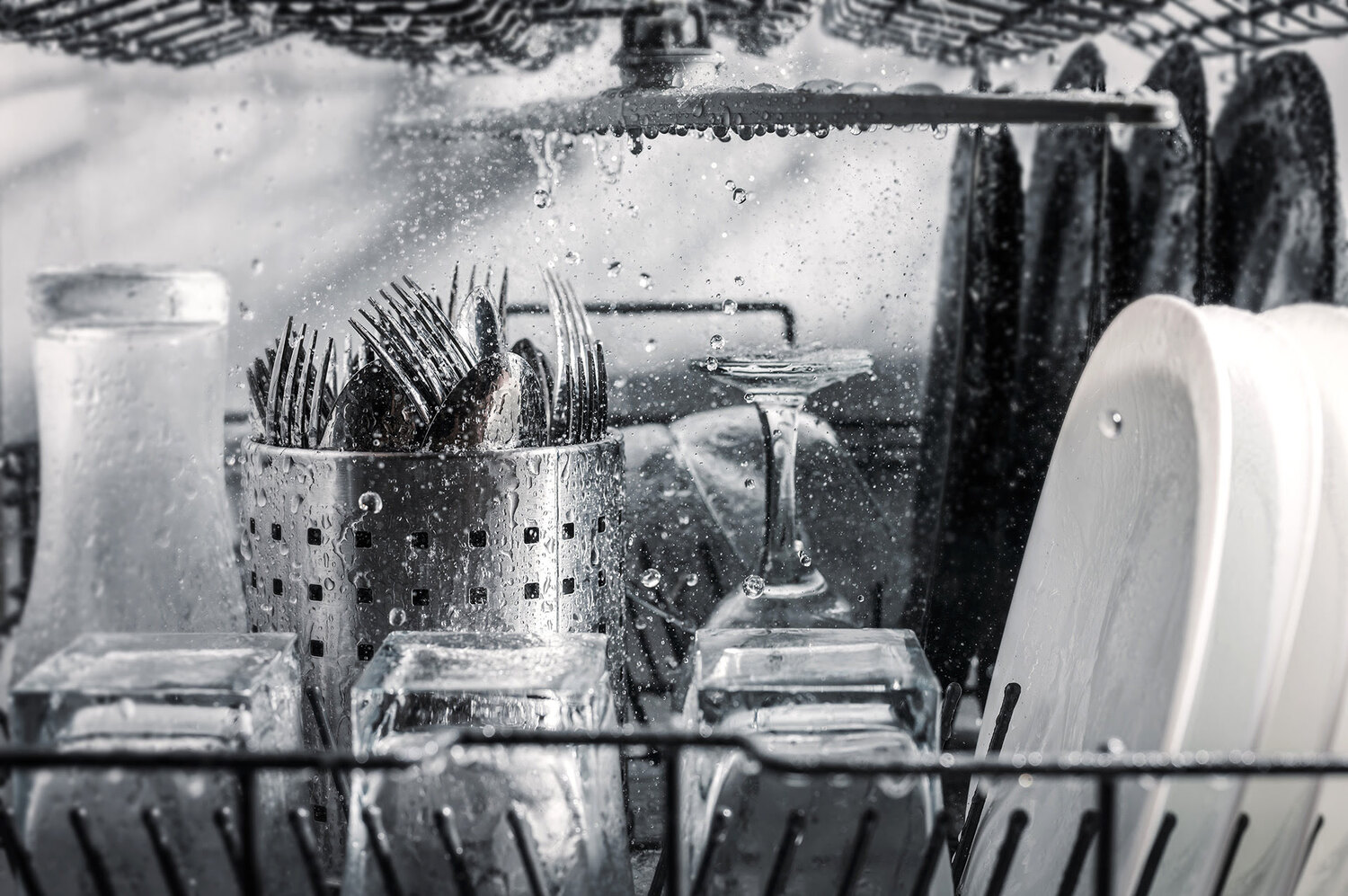
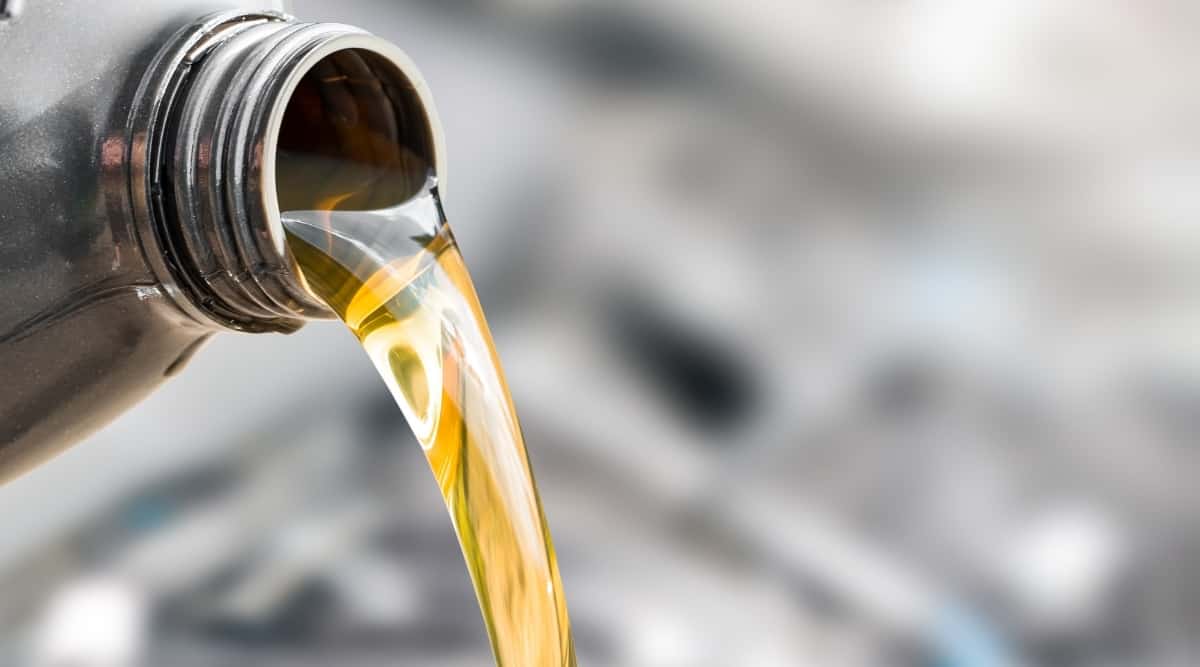
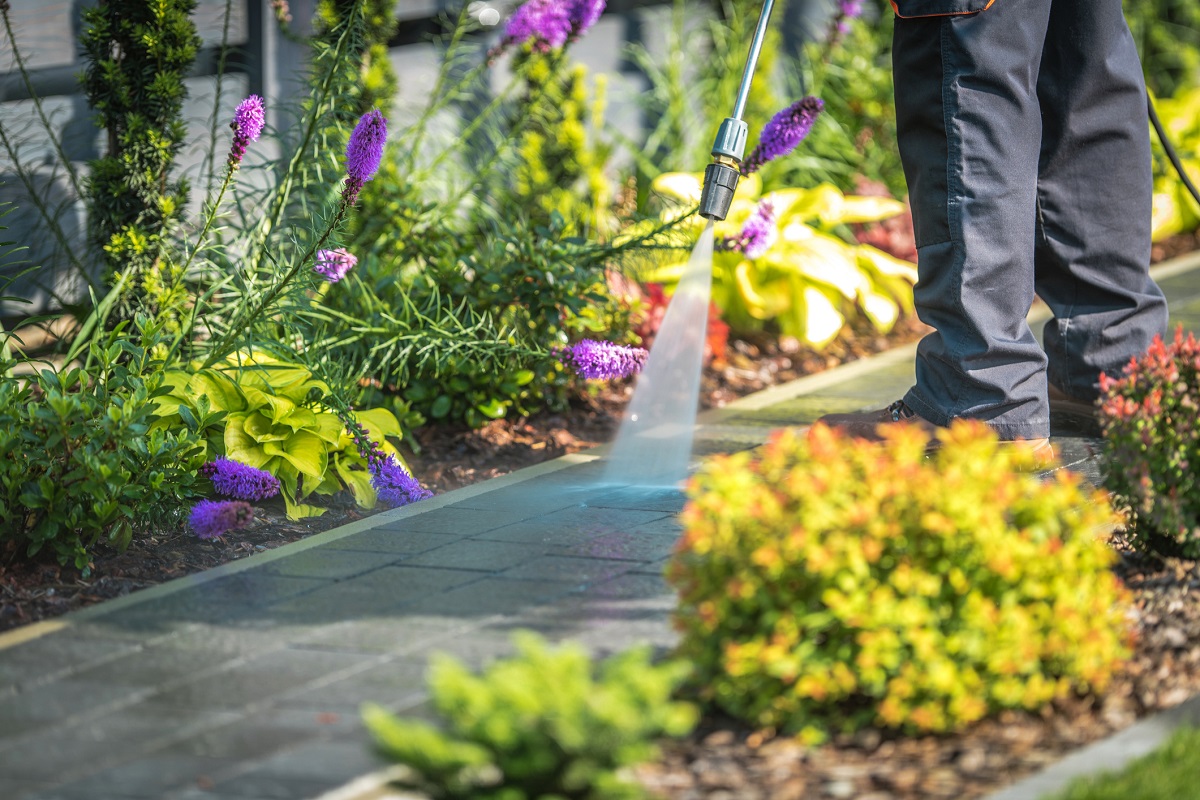
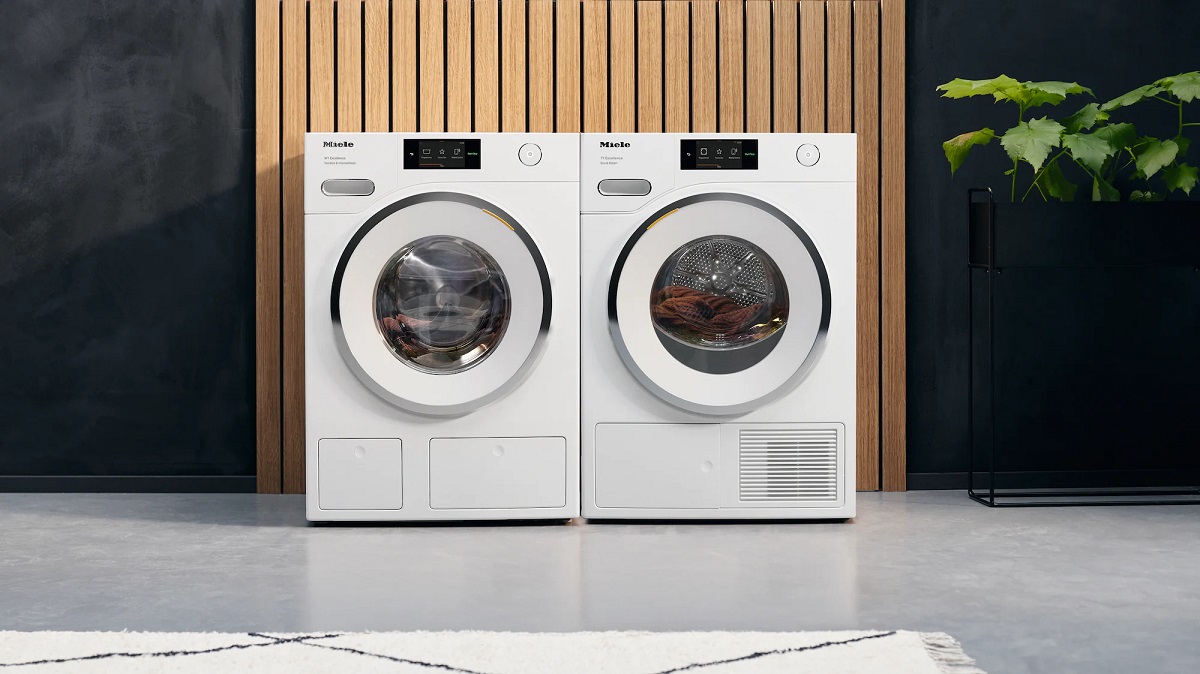
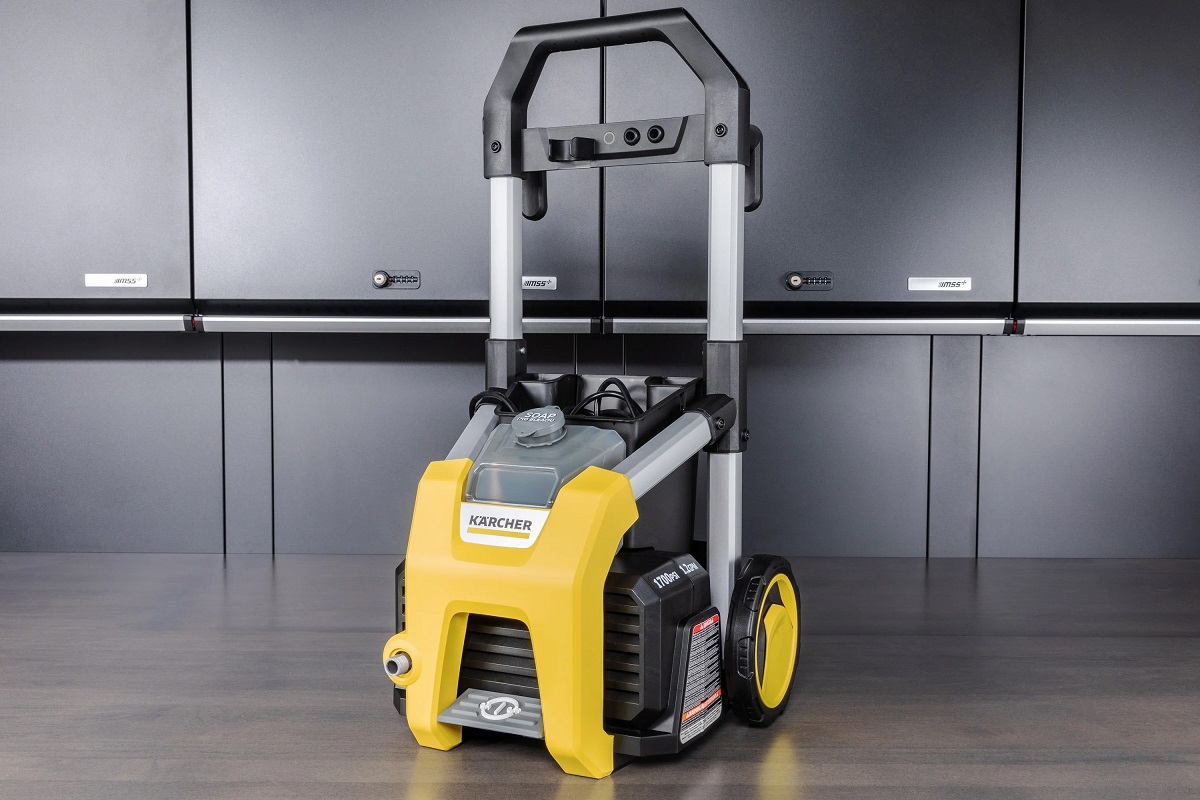
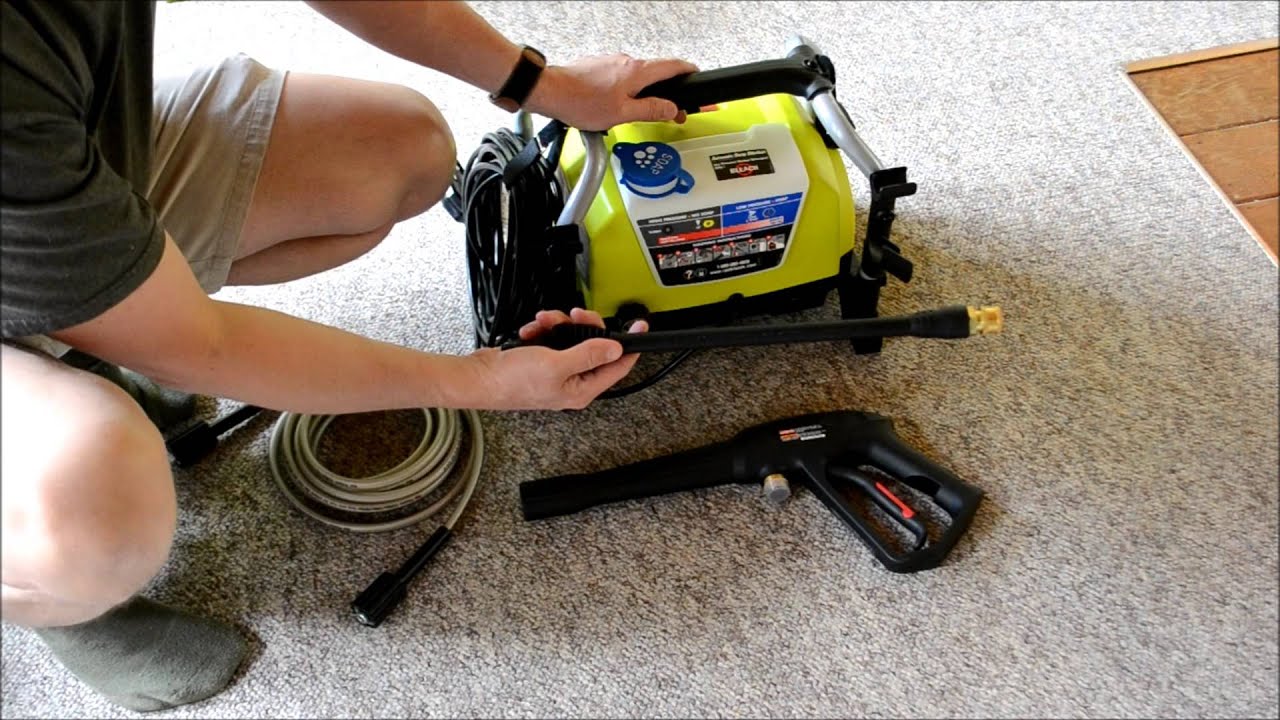
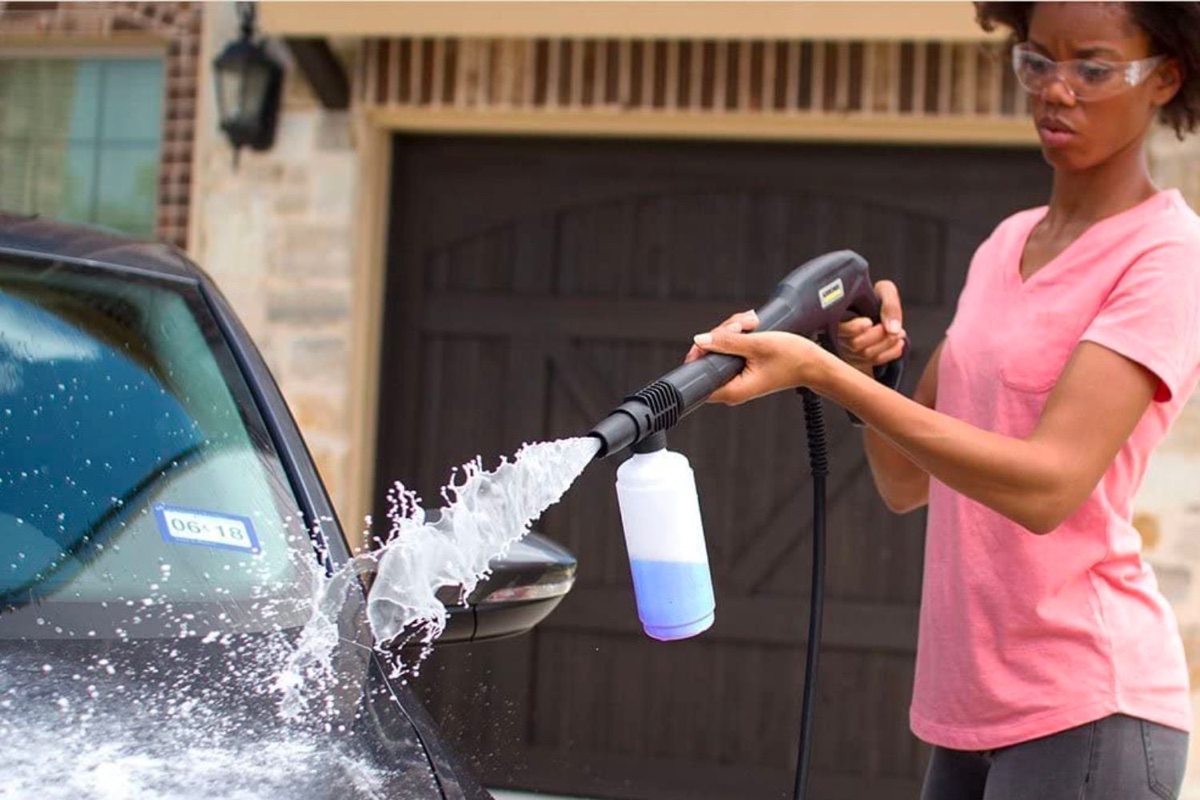
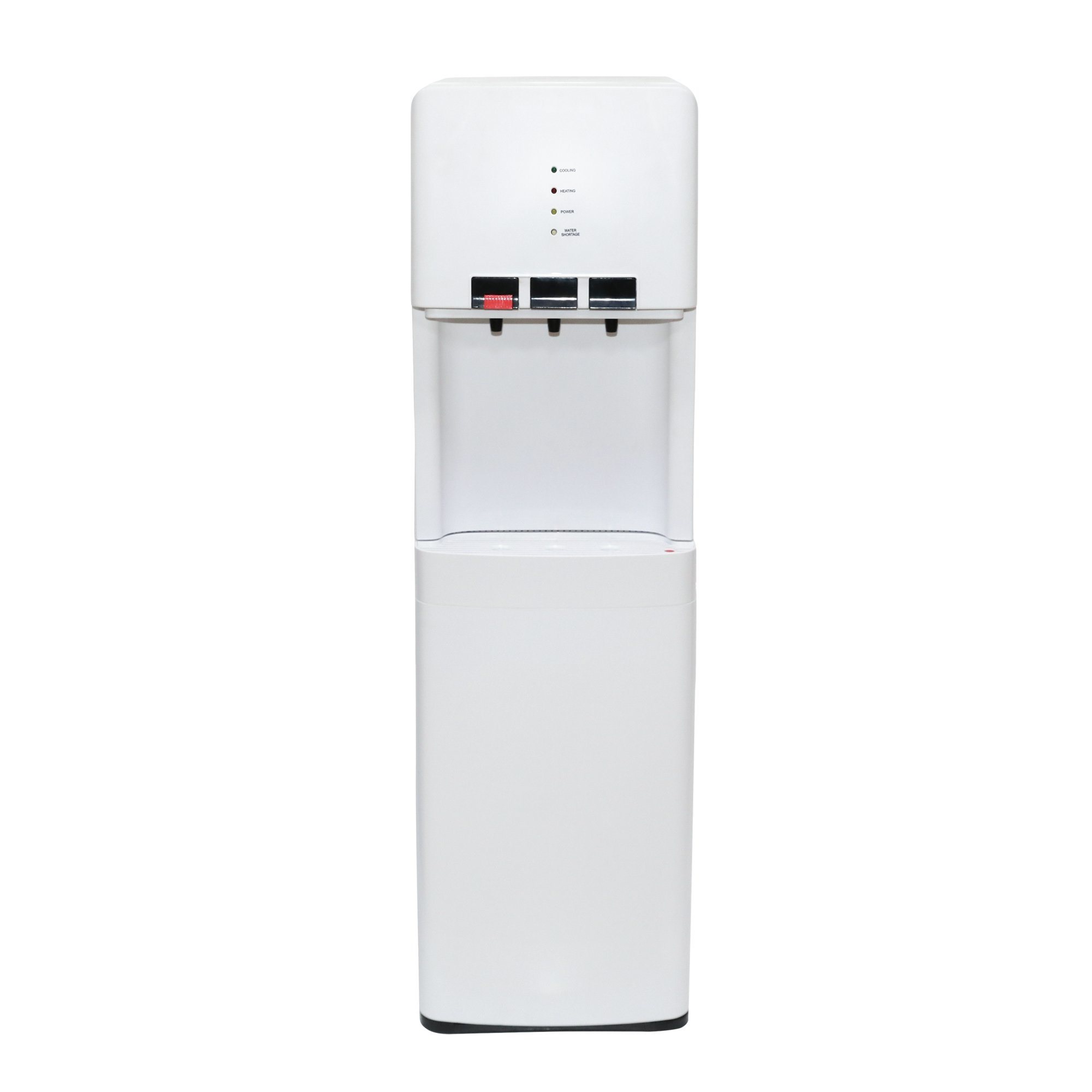
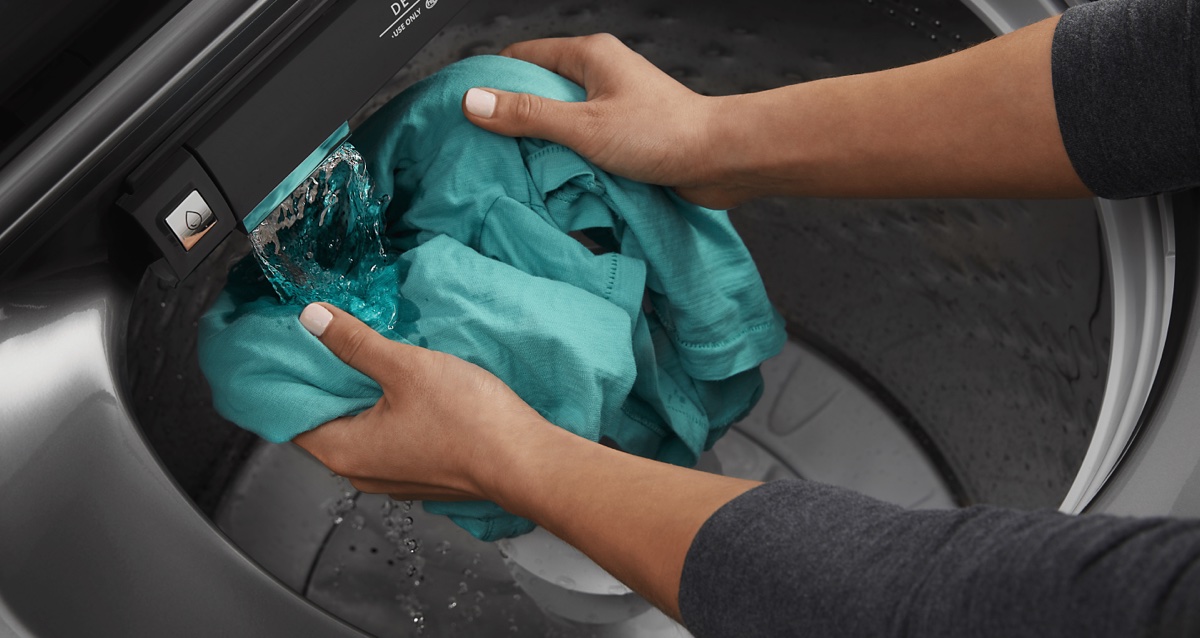
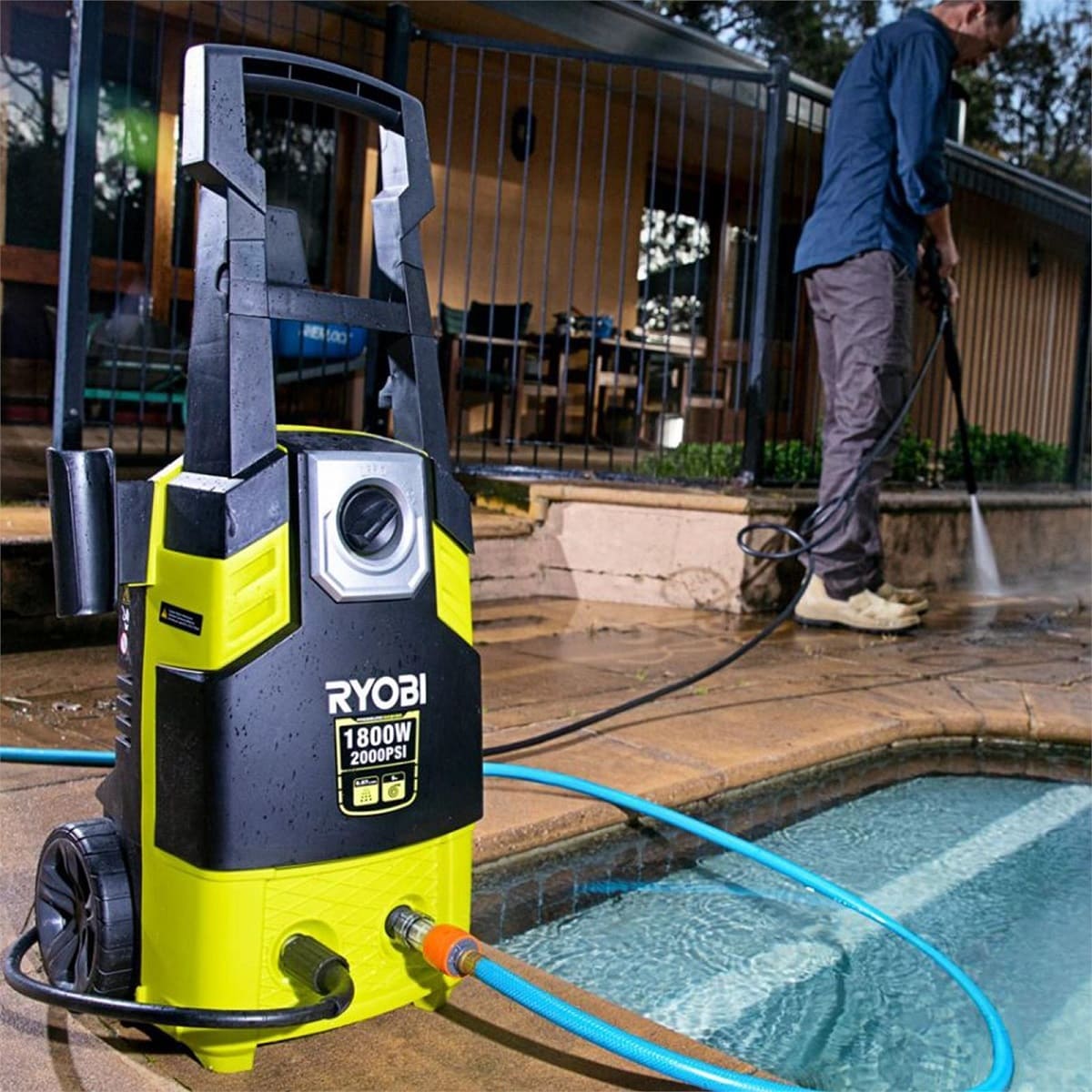
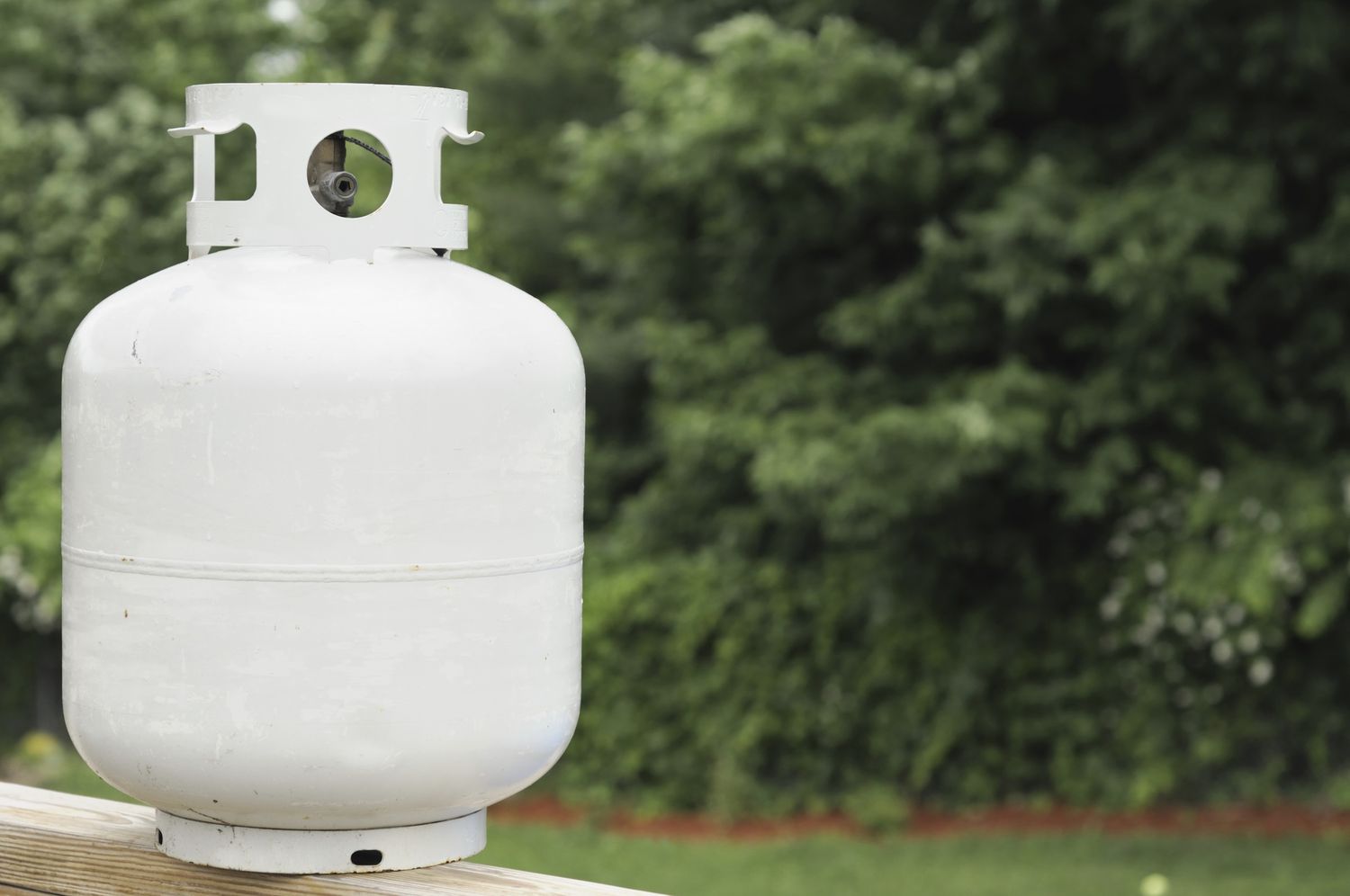
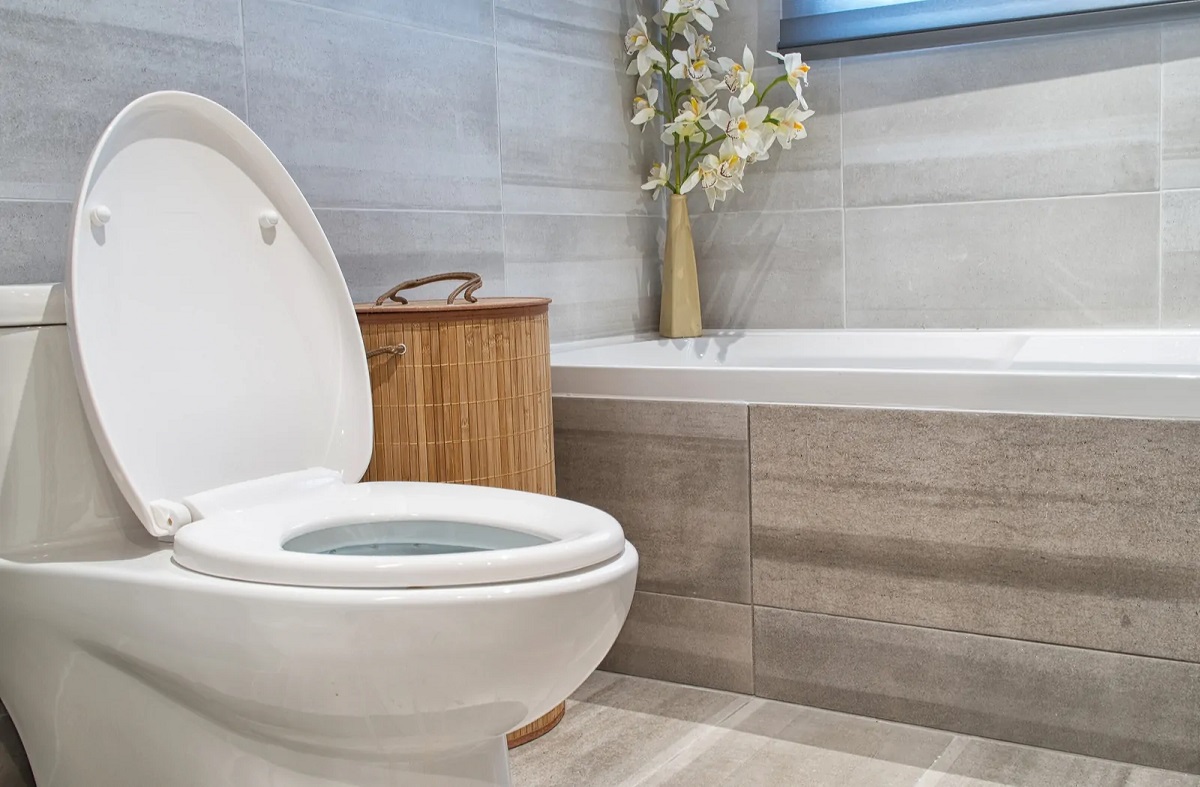
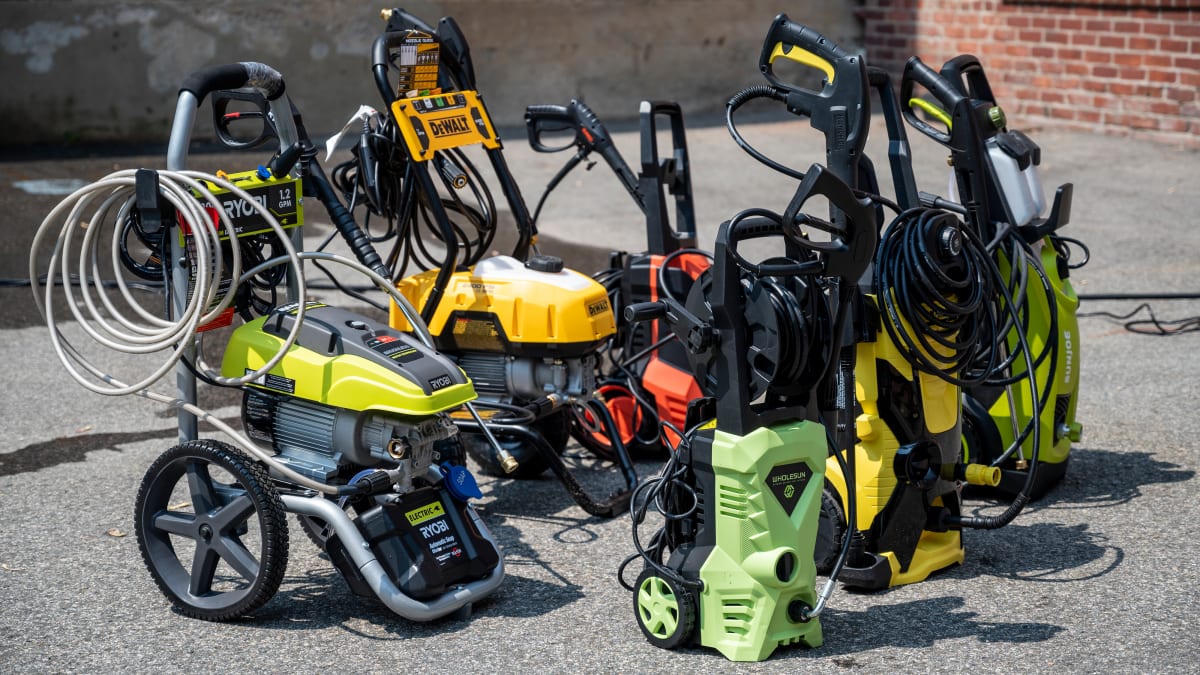
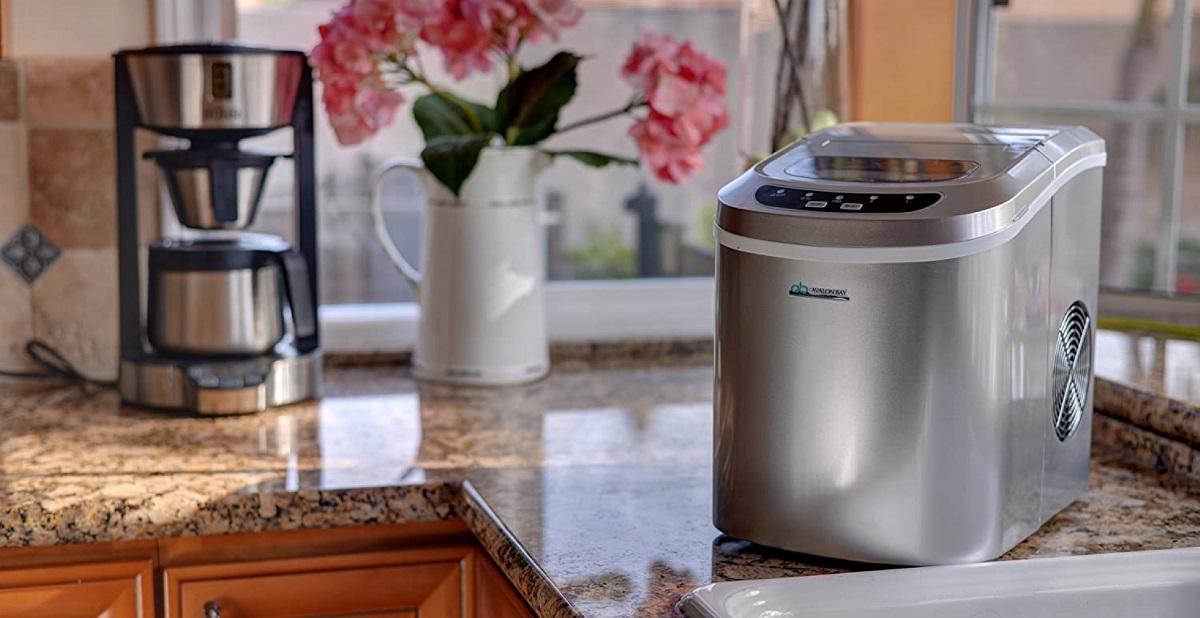

0 thoughts on “How Much Water Does A Pressure Washer Use”